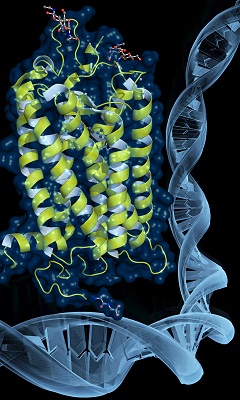Question:
Why is protein extraction considered to be more difficult that DNA extraction?
The Protein Man Says:
While protein extraction and DNA extraction both serve as the starting point for subsequent downstream experimentations, the former is considerably more difficult to perform as compared to the latter for a number of reasons. Here are some of the factors that you may need to consider when extracting protein from your samples.
-
 Temperature. Proteins are easily denatured. As such, protein extraction should be performed at very low temperatures (usually at 4oC), especially when proteases are present in the sample. However, please keep in mind that such low temperatures may have a negative effect on your chosen purification method.
Temperature. Proteins are easily denatured. As such, protein extraction should be performed at very low temperatures (usually at 4oC), especially when proteases are present in the sample. However, please keep in mind that such low temperatures may have a negative effect on your chosen purification method. -
Environmental pH. Since proteins are extremely sensitive to environmental pH changes, specific buffer conditions should be maintained at all times to protect the purity of the resulting sample. Depending on the final use of the protein, you may choose whether the pH environment should promote optimal enzyme activity, maximum purification efficacy or optimum stability.
-
Purity of the solution. Keep in mind that any impurities will compromise the quality of the yield and the accuracy of subsequent experimentations. Microorganisms, proteases and heavy metal ions present in the solution may degrade or inactivate the protein and may even lead to the hydrolyzation of the protein in the sample.
-
Storage temperature. The half-life of most proteins is heavily dependent on the storage temperature.
-
Hydrophobicity. Different proteins require different levels of buffer hydrophobicity to achieve proper solubilization. While some types of protein require some additives to facilitate solubilization, others do not need any.
-
Choice of assay. You need to determine a fast and reliable assay to use with your protein. You need to make sure that the buffers used in extracting your protein do not interfere with your chosen assay.
The physical properties of a molecule have a direct effect on the molecule’s extraction. For DNA, the physical properties are essentially the same for all DNA, however for proteins the properties are different for EVERY protein. This is why so many difference protein extraction and purification methods exist.






